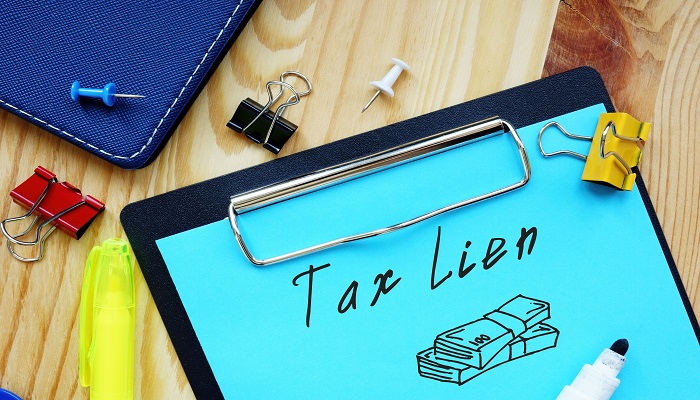
A lien, by definition, is a hold on property imposed by the government in a scenario of accumulated back taxes by a taxpayer. A lien is designed to protect the interest of the government as well as forewarn the creditor that the IRS has a legal right to their property. Apart from personal property, a tax lien is applicable to real estate, vehicles, and financial assets. If a federal tax lien isn’t taken care of by the taxpayer, the government may impose a tax levy which is the actual seizing of property, assets, and bank accounts to cover the taxes owed. To avoid a tax levy, it is advisable that taxpayers learn about tax liens and get professional help when working with the IRS towards a resolution.
Related Blog: Tax Lien vs. Tax Levy: Differences & What to Expect
The Impact of an Imposed Tax Lien
Apart from getting your property, vehicles and bank accounts seized, there are several other effects of a tax lien which can adversely impact your financial credibility and future transactions. Your creditworthiness takes a hit and even though a tax lien might not appear on your credit report, the IRS can still file a public notice, announcing that the government has a right to your assets. This jeopardises your ability to obtain loans. A lien also negatively impacts a home sale or refinancing of a house as your equity can be used to pay off your tax debts. Another unfortunate outcome of a tax lien is the huge amount of time consumed in filing paperwork, dealing with call center executives, and multiple in-person visits with a revenue officer as the IRS transfers most of its overdue taxpayer accounts to its Automated Collection System or ACS.
Related Blog: How to Make an Offer in Compromise to Settle a Tax Debt
Measures to get a Tax Lien Removed
There are several ways in which a Tax Lien can be removed. The most direct and obvious one being paying the outstanding tax bill. It is advisable to cooperate with the authorities during the procedure and comply with all guidelines while keeping all communication channels open. The taxpayer may also get into a Direct Debit Installment Agreement with the IRS, allowing the latter to deduct at least 3 consecutive payments directly from the taxpayer bank account. This also makes the taxpayer eligible to request the IRS to withdraw the Tax Lien from their public record. A creditor may request the IRS for an Offer in Compromise, allowing them to settle their back taxes for less than what they owe. This step involves a significant amount of rules and the applicants need to have paid all their tax returns as well as make estimated tax payments for the current year. In a scenario where a tax lien seems unjust, the taxpayer reserves the right to file an appeal asking for a hearing from the Office of Appeals. A final step, although unadvised until there isn’t another option available, is filing for bankruptcy. It entails the ability to get rid of an accumulated tax debt altogether. It is a long process involving a lot of paperwork, rules, and a low rate of success.
Final Words
If you are facing a Tax Lien or are afraid that you might be under the IRS’ scope for one, it is highly recommended to find a professional tax attorney to help you with your case and find tax debt resolutions to any tax disputes. Contact the Law Offices of Nick Nemeth to discuss your tax problems and find the best solutions for your issue. Simply call (972) 426-2553 or email us at jamie@myIRSteam.com, and we will take it from there.


